Lakes, as it turns out, “live their own special life” and even… grow! A natural disaster, Cyclone Daniel, transformed the Greek lake beyond recognition, raising it to 1st place in the ranking.
The “event” happened to Lake Karla in Thessaly after catastrophic floods. It, having increased many times in size, “lowered” Lake Trichonida, located in Etoloakarnania, one line below the leader, depriving it of the title of “largest body of water” in Greece.
Lake Karla, located southeast of Larissa, which used to be called Voyveida, has a strange history, as it was originally drained deliberately. The lake was located near the northern slopes of Pelion, on the border of the prefectures of Larissa and Magnesia.
Closer to 1960, it was decided to drain it because it was causing problems for crops. In particular, due to rains, Lake Karla caused flooding of agricultural land. In addition, the mosquito population was actively breeding in the swampy area.
In August 1962, drainage work began on a 10,150-meter long tunnel, which took a year and a half. When this process began, it considered one of the most important projects for the development of Greek agriculturesince 80,000 acres of arable land were assigned to farmers.
However, the gradual decline of the underground aquifer and the loss of natural coastal flora warned about the beginning of the disaster, as the Carla Management Agency (NPID, created in 2003) reports on its page. The drying up of the lake led to dire consequences.
Although 80,000 acres of arable land were given to farmers in Thessaly at a time when Greek agriculture was taking its first steps towards industrialization and facing European competition, the drying up of the lake had dire consequences. It was subsequently discovered that the impact on the region’s ecosystem was greater than the benefit from the drainage work. Thus, today efforts are being made to recreate the lake, the area of which will be 15.5 thousand hectares.
Initially, the lake had a size of about 77 thousand hectares, and its depth reached 4-6 m. In December 2010, pumping of water from the Pinios River began. Five pumping stations will supply water to the lake with 14 cubic meters of water per second.
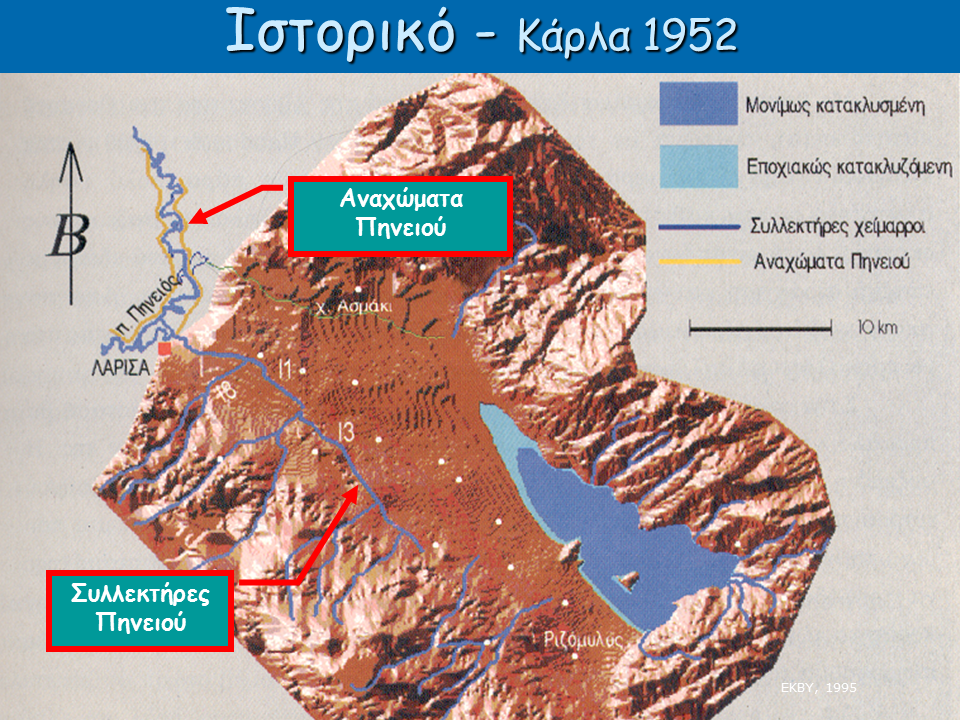
During the reconstruction of the lake, they discovered important archaeological finds (jewelry, vases, coins, stoves, remains of buildings, pipelines, tombs). The Ministry of Culture has even decided to preserve and turn into a visited archaeological site part of the 3.5-acre prehistoric settlement from the late Neolithic era.
After successful work to restore the natural environment of the lake, the reservoir returned to its previous “life cycle”. Lake Karla was recreated in October 2018 with a water area of 80 million m² and is currently home to 13 species of fish and 180 species of birds.
Everything would be fine until Cyclone Daniel, which hit Greece, increased the size of the lake, which, having overflowed, threatens to flood neighboring villages.
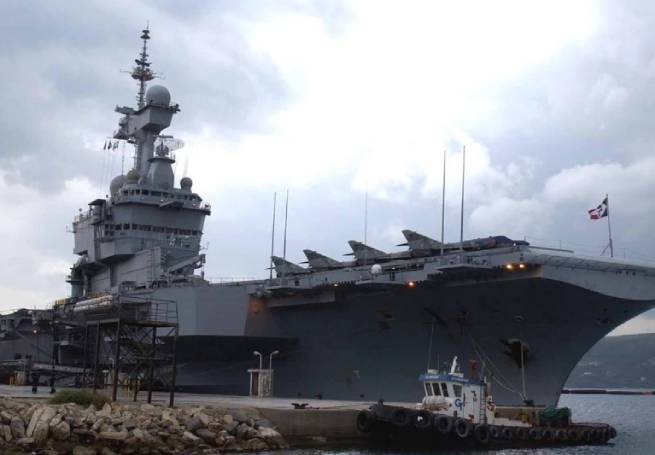
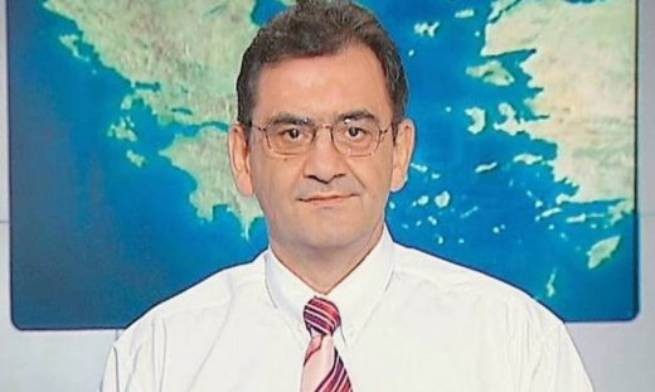
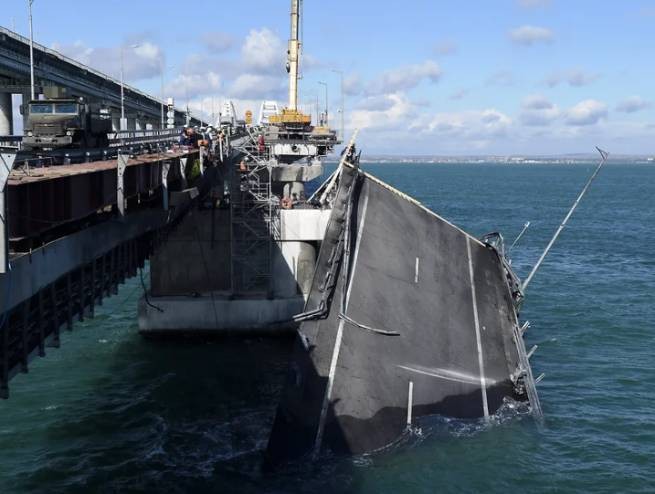
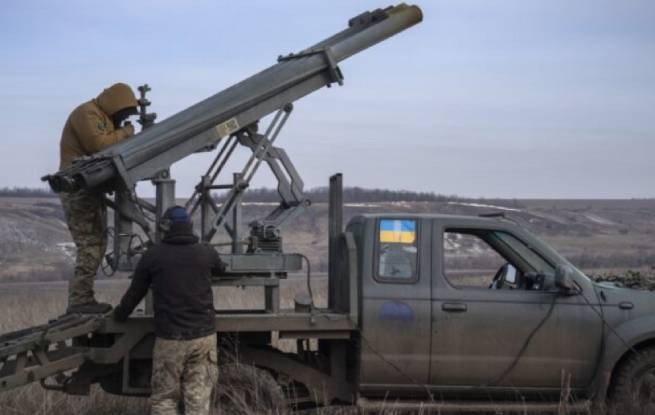

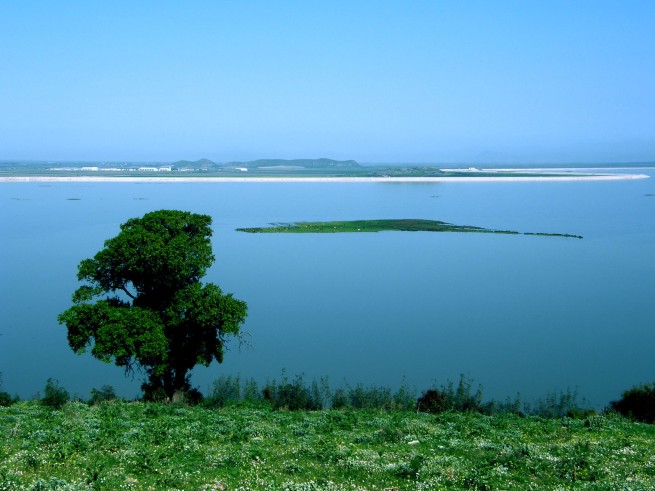

More Stories
Thodoris Kolidas explains the phenomenon "black sky" on Good Friday
Black swan in the Evros river delta
The weather will turn bad on Good Friday